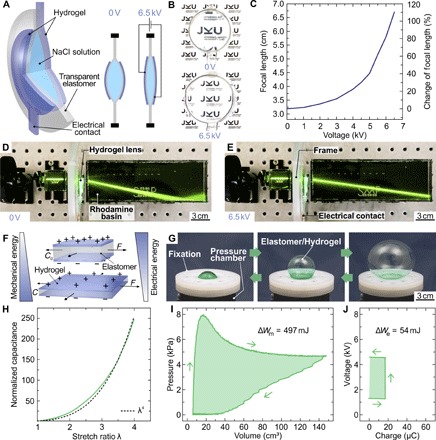Fig. 3. Soft adaptive lens and energy harvester with instantly tough-bonded hydrogel electrodes.

(A) Working principle of the tunable lens. Transparent hydrogel electrodes were used to electrically deform the lens, defined by a liquid reservoir embedded within a VHB elastomer. (B) Photograph of the soft lens without and with applied voltage, demonstrating electrical tuning of focal length. (C) Focal length and change of focal length versus voltage, illustrating a large voltage-induced focal length change of 110% at 6.5 kV. (D and E) Visualization of the voltage-controlled focal length change by showing laser light traces in a basin filled with a diluted rhodamine/water solution. (F) Illustration of mechanical into electrical energy conversion with a deformable elastomer/hydrogel capacitor. (G) Photographs of the deformable balloon-shaped elastomer/hydrogel capacitor. (H) Normalized capacitance of the deformable capacitor versus stretch ratio λ, demonstrating a λ4 behavior. (I and J) Exemplary energy harvesting cycle in pressure-volume and voltage-charge work conjugate plots. The enclosed areas in the two diagrams illustrate the mechanical energy input (497 mJ) and electrical energy output (54 mJ) of the cycle, resulting in a conversion efficiency of more than 10%.
